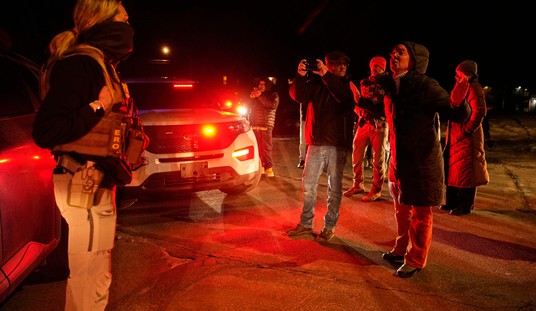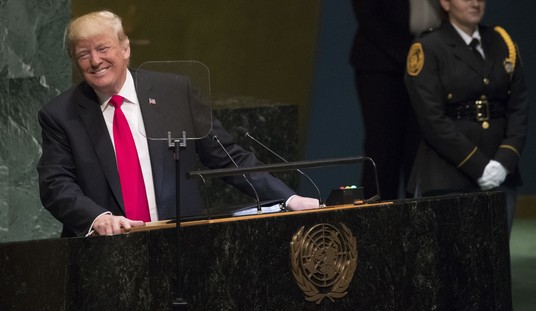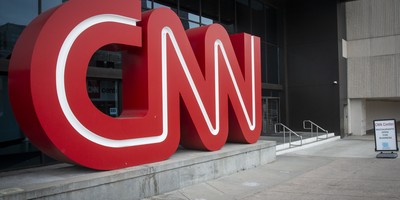The ascent of the Democrats has generated buzz regarding renewables as the obvious energy evolution. But there are many problems with deployment that have nothing to do with subsidies, conspiracies or economies.
Though renewables get all the good press, they have been unable to make the leap to mainstream. And there are good, solid reasons for that.
Despite the power density shortcomings of wind and solar (nuclear power: 56W Per Square Meter, solar: 6.7W PSM, Wind: 1.2W PSM) and the storage problems associated with delivering the renewable power to the grid, wind and solar are pushed as the solutions--propped up by government subsidies. T. Boone Pickens concedes he would not have an interest in wind power without the Federal backing.
Energy has evolved from wood, to whale oil, to coal, to petroleum, to nuclear. There are many who believe that renewables, particularly wind and solar, are the next step in the evolution of energy.
But there is a missing link: you have to get the energy to the user.
Wind and solar are land intensive. To be able to replace an average coal-fueled power plant with solar will require massive amounts of land—which predicates that the installation be “out,” away from the people. To get the power “in” to the people will require miles and miles of high-voltage power lines. Somehow, no one seems to think about how the energy is going to get from there to here.
There are five obstacles that need to be overcome before renewables can provide America with wide-spread, utility-scale power. These problems will take a long time to work out.
Recommended
1) Cost
This is the first hurdle and one that consumers seldom think of, yet the up to $2 million cost per mile must be calculated into the cost of any new power plant. Acquiring rights-of-way for the lines can increase the cost considerably.
2) NIMBY
No one wants to live near an industrial-looking, coal-fueled power plant. But they have the same Not-In-My-Back-Yard attitude about renewables. The ten-year process for Massachusetts’ Cape Wind Project has finally achieved federal approval, though opponents pledge a continued court battle. Additionally, no one wants transmission lines near them making the new acronym BANANA: Build-Absolutely-Nothing-Anywhere-Near-Anyone. Transmission line installation often requires the use of “eminent domain” as disputes over “fair-market value” arise over the impact of transmission lines on the remainder of the owners’ property value.
3) Environment
BANANA leads to the overarching environmental attitude against disturbing the earth. Building the miles and miles of transmission lines, not to mention the land tied up with wind or solar, will require digging, lots of it. In Southern California, the Sunrise Powerlink project that would bring solar power to San Diego has been trying to build transmission lines for four years. Their biggest opponent has been environmental groups who do not want the lines to go through Federal lands.
4) Political Will
Each state’s government must decide which it wants: renewable energy or the blessing of the environmental movement—which do not seem like they should be mutually exclusive. In New Mexico, Governor Richardson encouraged biomass and then has hindered it with the environmental permitting process. In Minnesota, there are myriad regulations restricting power lines, the purchase of power from older power plants, and even those that cross state lines.
5) Cancer Scare
Every couple of years a new study comes out that says that living near transmission lines causes cancer. In 2007 ABC reported on a study indicating an increased risk of blood cancers in people with prolonged exposure to high-voltage power lines. In 2005 CNN covered a British study: children who live close to high-voltage overhead power lines have an increased risk of leukemia.
Each of these five difficulties represents different groups. Getting them all to agree on a single powerline at a single time seems like an insurmountable task that is stalling renewable installations.
The American Wind Energy Association reports that 2010 had the lowest first-quarter installed generation since 2007. Wind power companies want to build in New Mexico, but are held back by the lack of transmission lines. Maine is ripe for windpower and has commercial wind farms. However, they risk losing a lot of money--and, therefore, jobs--if the state can't figure out how to actually transport the power from the turbines to the grid to the user.
Energy is a tough business. Before we allow the dream of no-cost, green energy to to bankrupt existing energy extraction, we’d better, realize, as Obama said on March 31, “We are going to need to harness traditional sources of fuel even as we ramp up production of new sources of renewable, homegrown energy.”
Marita Noon is the executive director of the Citizens Alliance for Responsible Energy (CARE), a nonprofit organization that offers facts on America's energy options so citizens are educated on the energy reality and can make decisions accordingly. She can be reached at marita@responsiblenergy.org or www.responsiblenergy.org
























Join the conversation as a VIP Member